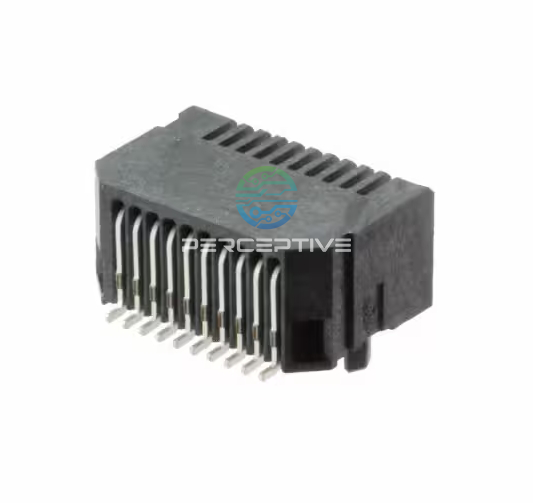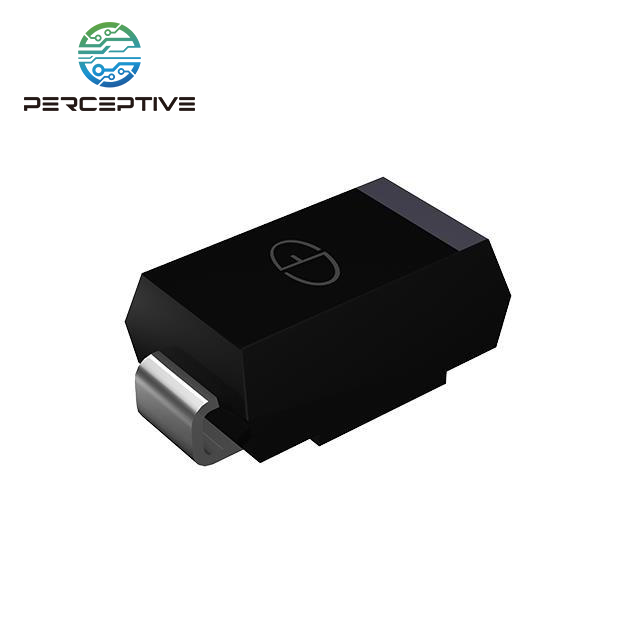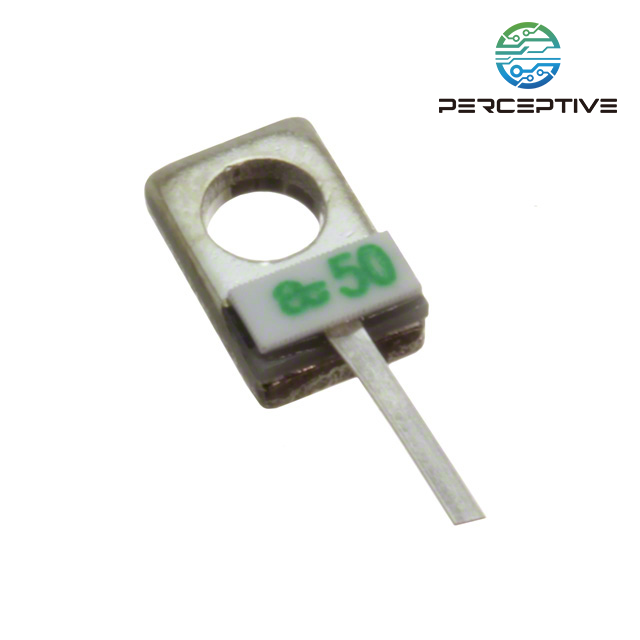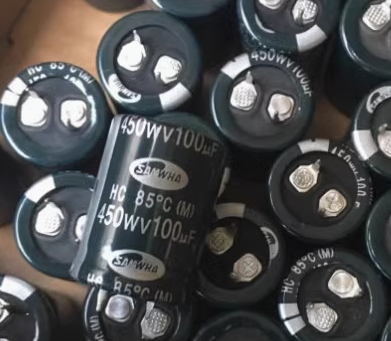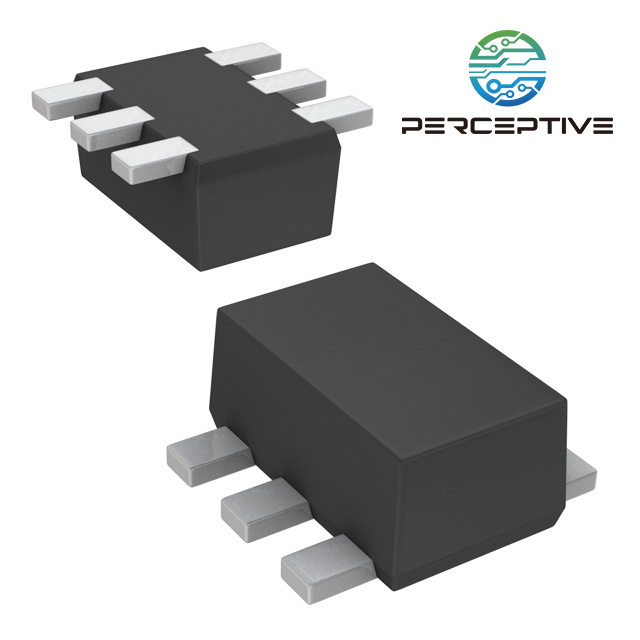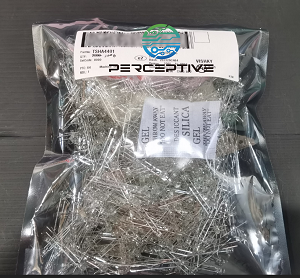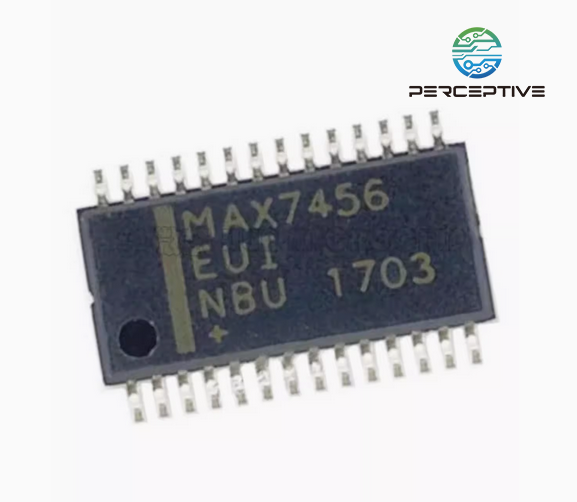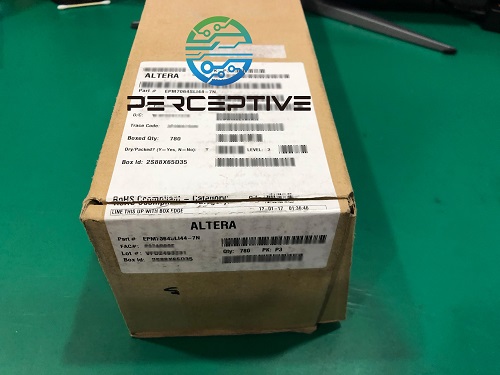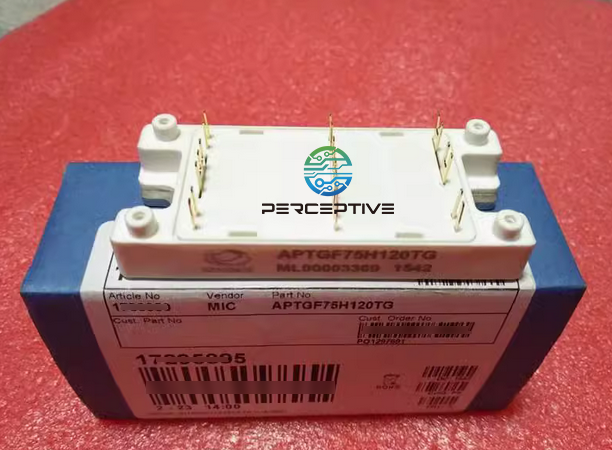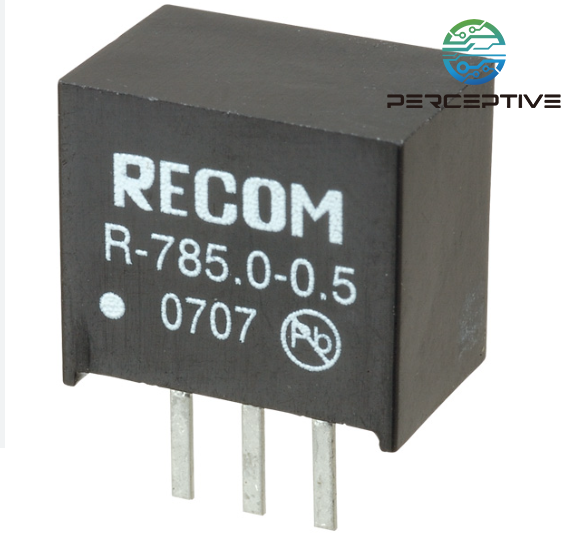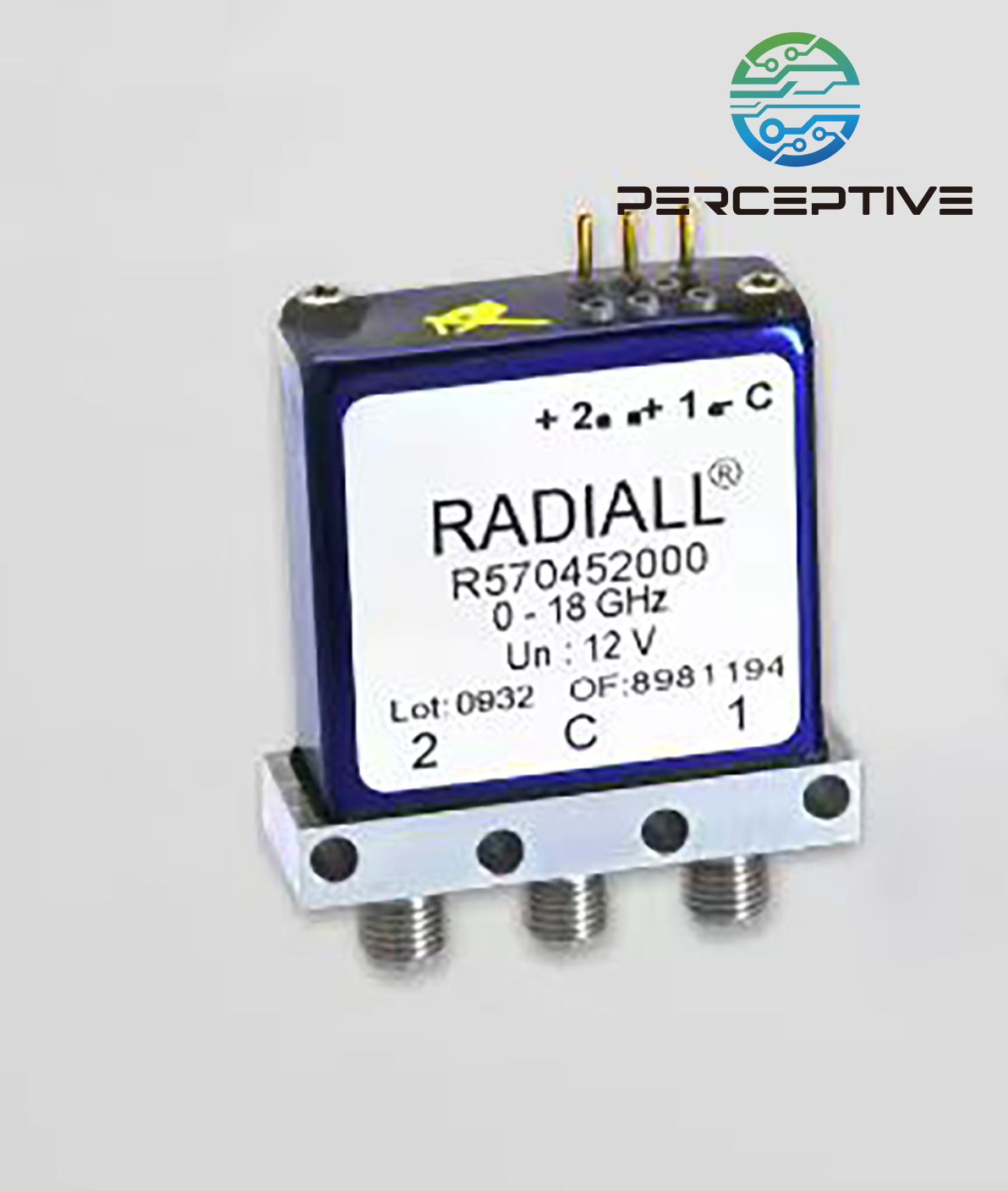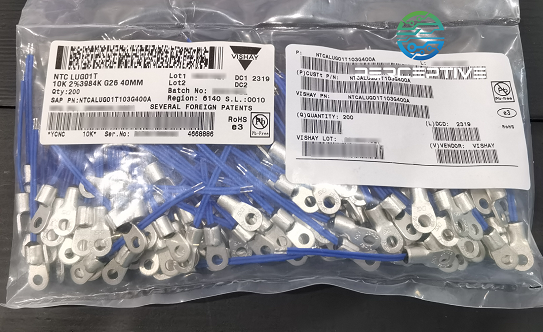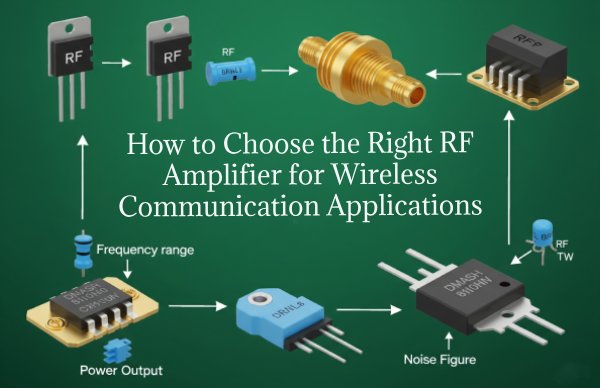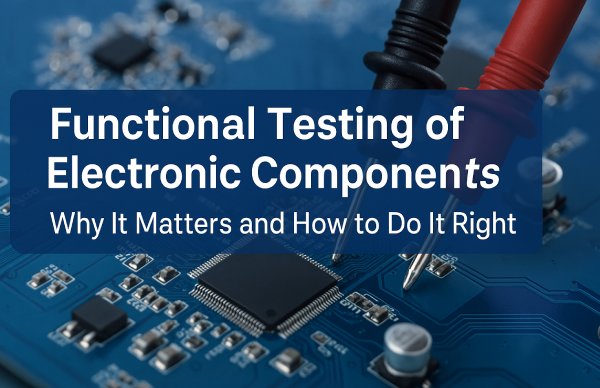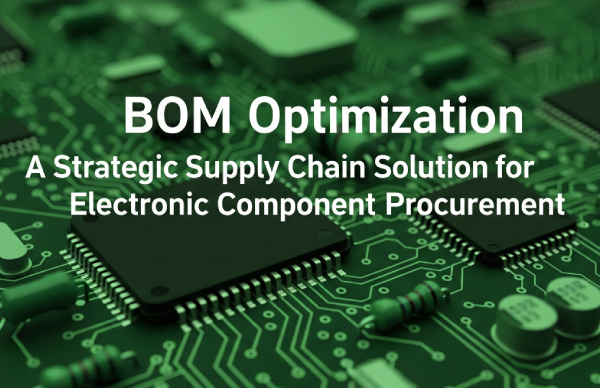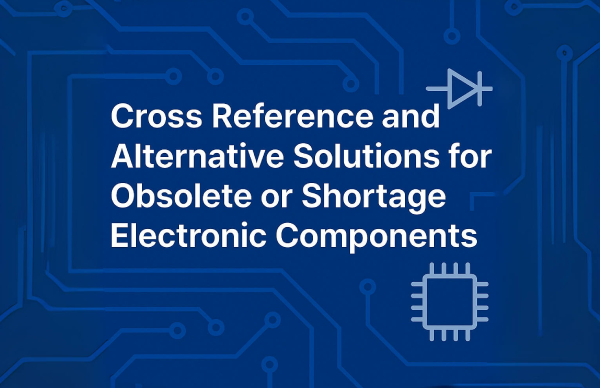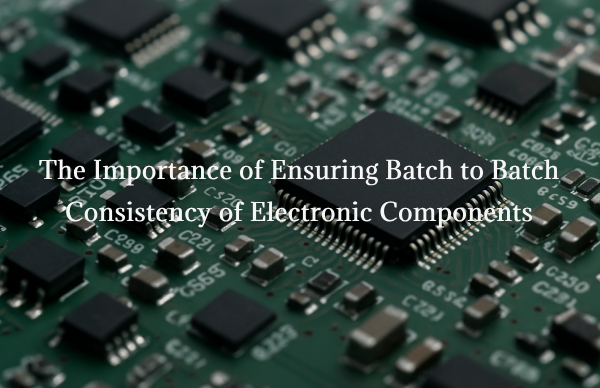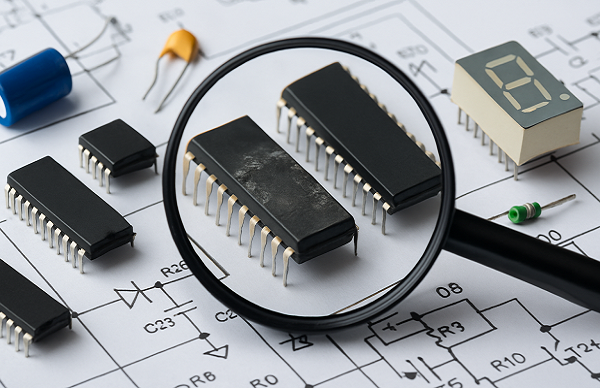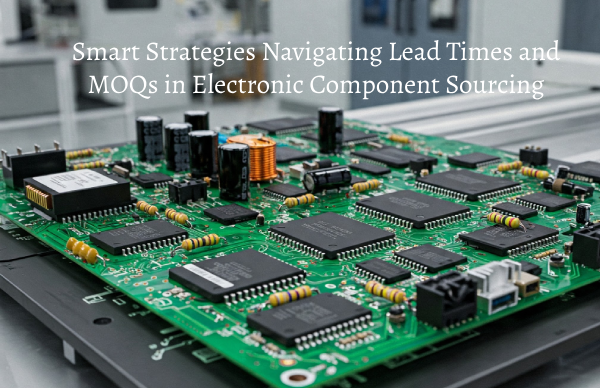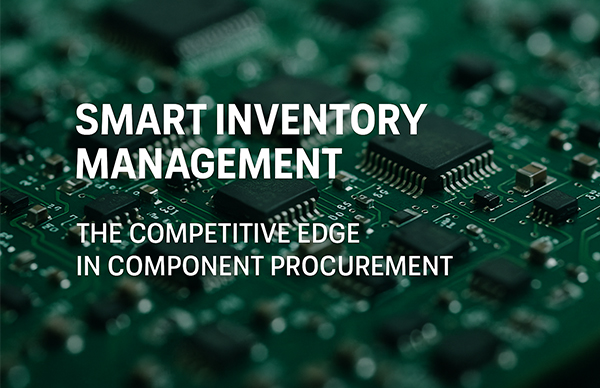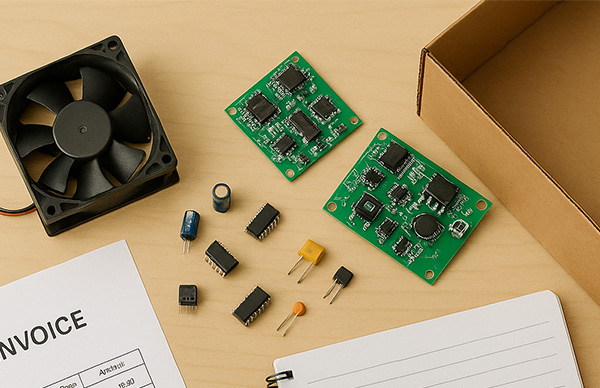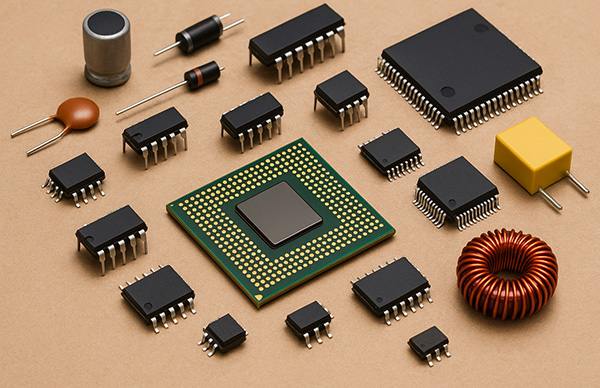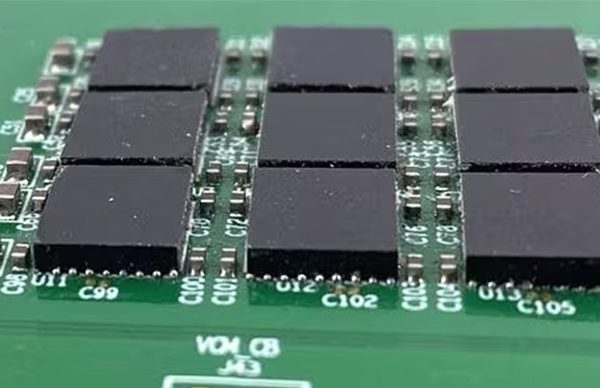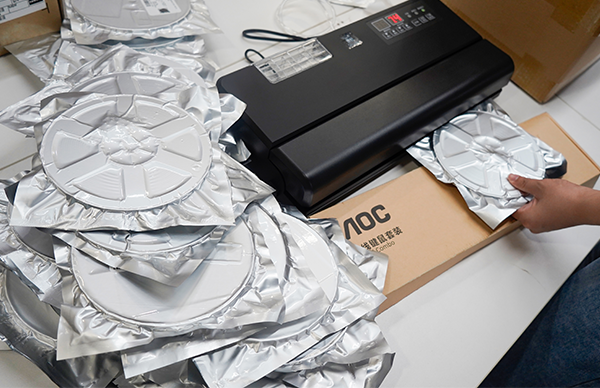Designed specifically for automotive motor control, these new chips integrate power electronics, microcontrollers and communication circuits on a single chip. The new series expands Infineon's MOTIX line of smart power ICs and provides designers with new tools when designing power electronics that require control and communication support.

The TLE988x and TLE989x families of MCU-embedded power ICs combine compute, communications, and power-driving capabilities into a single package.
The automotive industry needs more power and motor control than ever before. As a result, the latest Infineon chips feature power electronics, microcontrollers, communication circuits and performance upgrades, allowing designers to easily add brains to their motor control electronics.
Although the TLE988x and TLE989x are not Infineon's first power chips with more control electronics, they offer several advantages over previous generations.
Higher levels of integration: the defining feature of the new chips
The TLE988x and TLE989x families build on the MOTIX family of motor control solutions. The TLE98xx family represents the highest level of integration for embedded MCUs and communications, while other products allow designers to choose systems that focus purely on power transistors or gate drives.

The TLE988x, shown in a typical application circuit, can combine MCU functionality, communications ability, and H-bridge driving into a single device for motor control.
By providing H-bridge control with an integrated gate driver, the TLE988x allows designers to control up to four external power transistors for two-phase motor control. A built-in 32-bit Arm Cortex-M3 processor enables on-chip general-purpose computing. This simplifies more complex deployments, allowing multiple chips to be combined into a single package.
On the other hand, the TLE989x supports three-phase motor control, enabling designers to control six external power transistors. Each chip contains multiple GPIO pins and on-chip voltage regulators to provide additional functionality for powering the device. In addition, Infineon has released evaluation boards so designers can quickly test the TLE989x in a physical device without spending a lot of time on evaluation designs.
Infineon adds CAN (FD) support
The TLE988/9x differs from its predecessors perhaps most significantly by the addition of built-in CAN (FD) support. The addition of the CAN interface makes it easier to integrate into automotive systems where the CAN (FD) protocol is prevalent, compared to previous generations that used PWM + LIN to interface to the chip.

The built-in CAN transceiver (shown above) communicates with the target device using the common and robust CAN (FD) protocol.
The new MCU-embedded power IC supports communication speeds up to 2 Mbps, enabling designers to easily integrate the chip into existing CAN networks. Infineon has identified several automotive applications for this chip (datasheet linked), but designers can use them wherever efficient motor control via embedded control/communication is required.
If you are interested in the electronic product, welcome to consult perceptive-ic.com!

